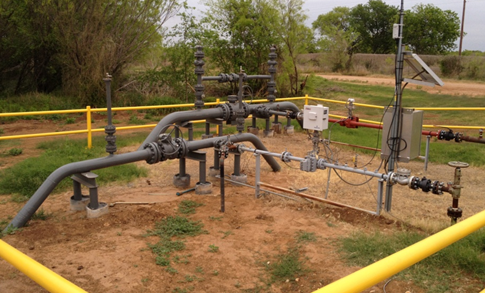As the Industrial Internet of Things (IIoT) is driving the need for sensors and monitoring devices in all industries, solution providers are facing particular challenges in the Oil and Gas space. Many of the locations and processes requiring monitoring by the O&G industry are classified as hazardous environments. Hazardous environments are those in which flammable liquids, gases, vapors, or combustible dust may exist. The introduction of an ignition source, accidental or otherwise, in these environments could result in a fire or explosion and potentially serious consequences.
To ensure public and environmental safety, any device operated in Hazardous Environments must comply with strict regulatory standards and be certified by an accredited third party. Various standards exist but some of the more common ones include the Atmosphere Explosive (ATEX) standard in the EU region, the Canadian Electrical Code, and the National Electrical Code in the US.
Several protection methods are defined in the standards and any one of them can be incorporated into the design of a new products. One option is to contain potentially unsafe devices in a sealed and explosion proof enclosure. This approach is effective but can be very expensive. Another option is to ensure devices are Intrinsically Safe (IS). This technique follows the principle of ensuring circuits, sensors, and other electrical equipment can operate safely in hazardous environments without the need for external protection (such as enclosure). It achieves this by limiting the possibility of any accidental discharge of energy to a safe level, which is well below the that required to initiate an explosion or fire. In short, the IS technique prevents explosions rather than contains them.
Any protection method incorporated, whether it be containment, intrinsic safety, or otherwise, needs to ensure that the device remains safe, even after two failures. Failure analysis must include a wide range of potential mechanisms, including electronic failure, user installation, operator error, etc.
The need to comply with multiple standards and having an understanding of all potential failure mechanisms complicates product development. It is only through meticulous design, experience, and attention to detail that designers can deliver intrinsically safe products.
Interested in learning more? Read our full white paper Intrinsically Safe Power Supply Design: A Step-by-Step Guide for a technical discussion and example.

